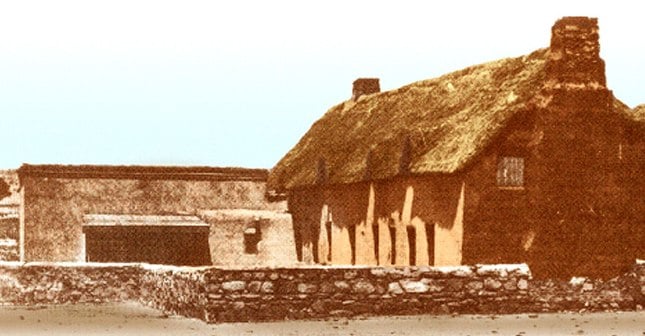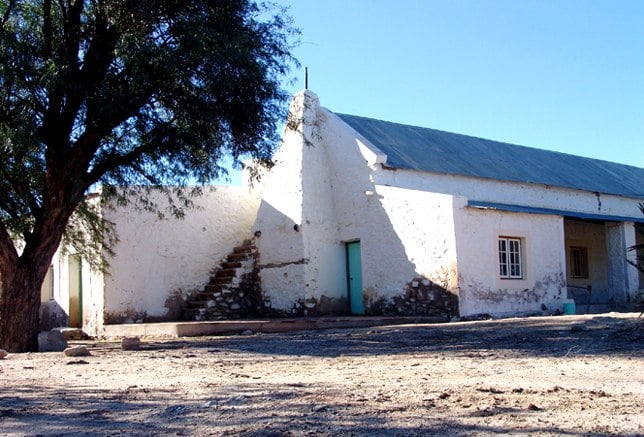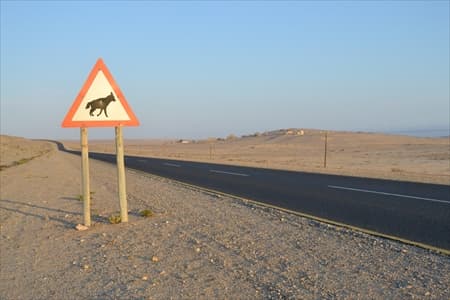Little does the uninformed visitor realize, which fascinating history lies hidden behind the white washed walls of the old mission house in Warmbad. Its old base walls and foundations make this house the oldest existing building in Namibia. Yet, sadly it has never been declared a national monument.
The origin of the old mission house dates back to the year 1808, when the brothers Abraham and Christian Albrecht of the London Missionary Society and a colleague Bastiaan Tromp built three tiny dwellings at this very site. Their mission effort was short-lived though as Abraham Albrecht died in 1810 and his brother Christian had to flee from Warmbad in 1811. Shortly afterwards Jager Afrikaner – the father of Jonker Afrikaner – destroyed the entire station. However, in 1812 the reverend Schmelen found the burnt walls of the houses still intact. The reverend J.L. Ebner, who came to Warmbad in 1818 and built a rush hut inside the burnt remains of Abraham Albrecht’s house to serve as temporary shelter, confirmed this.
In 1834, the reverend Edward Cook of the Wesleyan Mission Society arrived at Warmbad. He immediately set out to build a house on the existing ground walls of the old mission house of Abraham Albrecht. The teacher and mason Peter Links assisted him. The wood for the house was fetched from the Orange River, while the rushes were obtained a day’s journey from Warmbad. By September 1834, a two-storied house, built according to the so-called 'kapsteilhuis', had been finished. Typical for this type of home were the massive chimneystacks of the open hearths situated at both ends of the house. The house had two rooms on ground level, while another one - the loft - was situated above a reed ceiling and a thick layer of mud. It was accessible via an external staircase through a doorway in one gable. The directly adjoining remains of the house of Christian Albrecht were soon re-built into a church. The roofs of both buildings were thatched.
As Warmbad was situated on the main wagon road connecting the Cape with Great Namaqualand and areas further north, the mission station became an ideal stop-over for many missionaries, travelers, hunters and scientists. Among the first were Sir James E. Alexander in 1836 and the reverend J. Tindall in 1840. He not only assisted Cook by extending and improving the mission house and the church but also became one of his successors in 1851.
During the Nama war, German soldiers occupied the mission house. When the Dutch reverend Herman Nyhof arrived at Warmbad in 1907, the buildings were in a desolate condition and it took him a long time to repair all the damage. During the First World War, the mission house served as barracks for the Union troops. After reverend Nyhof’s death in 1936 the buildings were, once again, in a sad state of neglect and some of them were so disintegrated that they posed a danger. Part of the mission house - probably the loft - collapsed later and it was resolved to close it. With the exception of a few years during the 1960s, the mission house stood empty and was only occasionally occupied by visiting missionaries and evangelists.
During the course of a clean-up and restoration action in Warmbad in 2005, the old mission house was also upgraded. It is hoped that it will soon find a caring occupant, who will restore it to its former glory and that the National Heritage Council will finally proclaim the building a national heritage site.







SUBMIT YOUR COMMENT